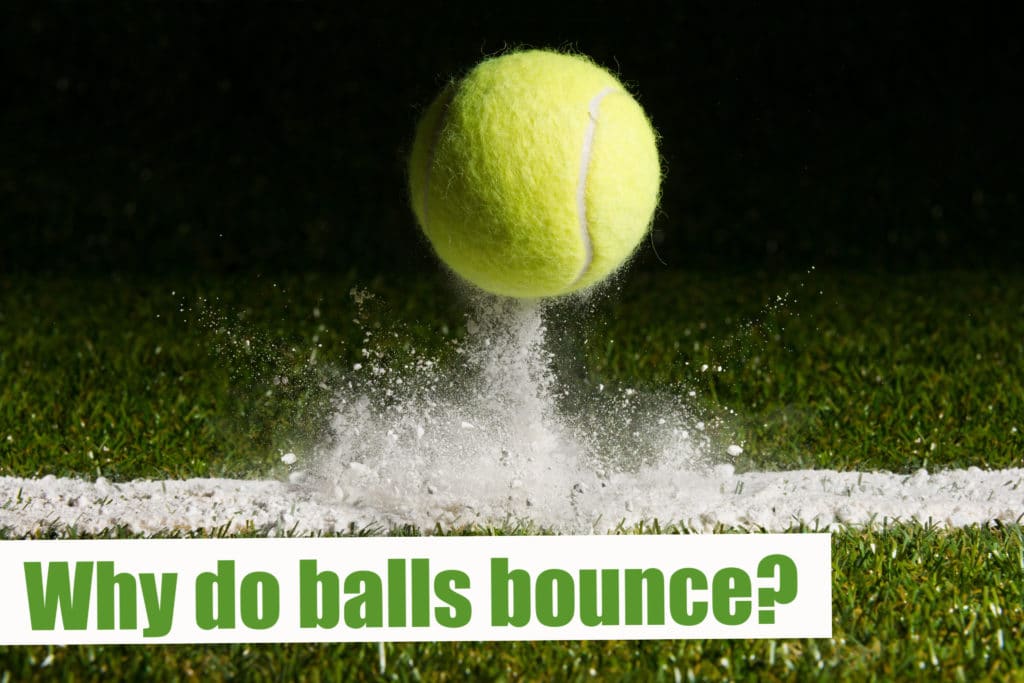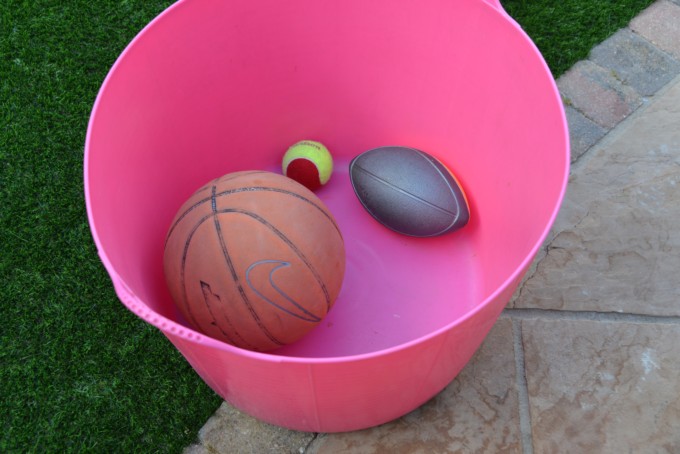Why do balls bounce? Have you ever wondered? This activity uses different shaped balls to investigate how and why balls bounce differently.
Balls to use:
- Rugby ball
- Football
- Tennis Ball
- Ping pong Ball
- Basketball
- Squash ball
Look at the different shaped balls and try bouncing them on the floor. What do you notice?
Things to think about
Which ball do you think will be the hardest to bounce in the direction you want it to bounce?
Are there any similarities between the balls that bounce the highest? what kind of sport are they used for?
Can you bounce each ball into a container? Are some harder than others? Is this related to the type of game they are usually used for?
More investigation ideas
Try dropping the ball with no extra force and then applying force, which bounces higher?
Which do you think will bounce straight upwards?
When comparing how different balls bounce, think about the conditions you should keep the same, for example, the height the ball is dropped from and force used to drop the ball.
Why do balls bounce?
When a ball is dropped gravity pulls the ball toward the ground, slowing the ball down so that each bounce is shorter and shorter, until eventually the ball stops bouncing.
The force of the ball hitting the hard ground puts an equal force back onto the ball, meaning it bounces back up. This happens because balls are made out of an elastic material which allows them to be squashed or stretched and then return to their original shape. If the ball was made of a softer material, like plasticine it would be squashed on the ground and wouldn’t bounce back up, or if it was made of a hard material, such as glass it would break when dropped.
Extension ideas
Try bouncing your balls on different surfaces, why do you think this will make a difference?
Suitable for Key stage 1 Science
Properties of Materials
More Sporty Science for Kids
Test your reaction time using just a ruler! This is great fun to do with a friend to find out who has the fastest reaction time. You can also investigate to find out if your reaction time can be improved.
Try one of my 20 easy sports science investigations for kids! These include finding out how much sugar certain drinks contain, how to keep bones strong and healthy and even making a model lung!
Try this fun investigation into skipping rope lengths from Science Buddies.
We’ve also got lots more exciting science experiments to try. I’d love you to take a look around!
Don’t forget to tag me on social media if you try any of our easy science experiments for kids. We loved seeing them in action!

Last Updated on April 15, 2020 by Emma Vanstone


Leave a Reply